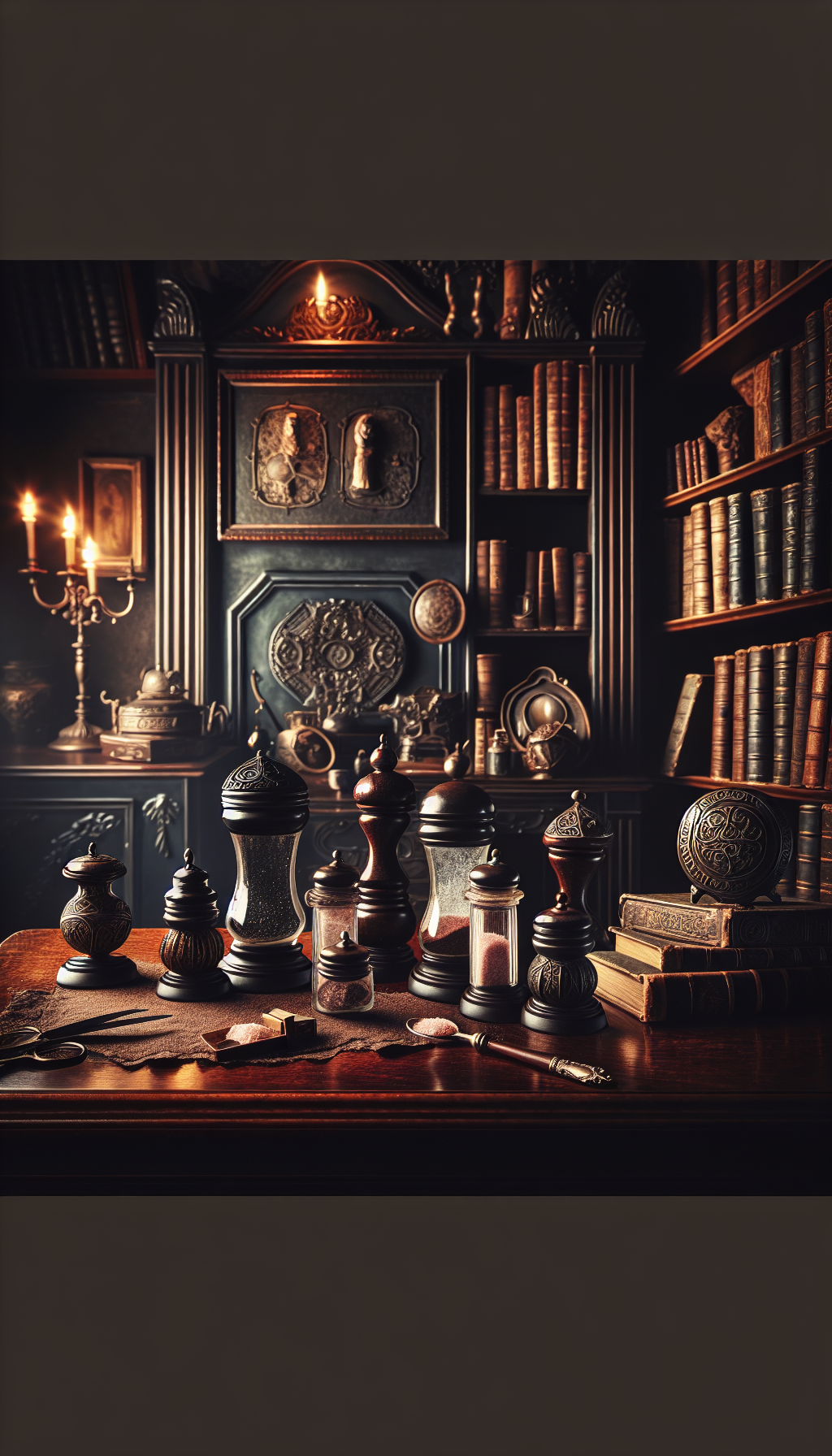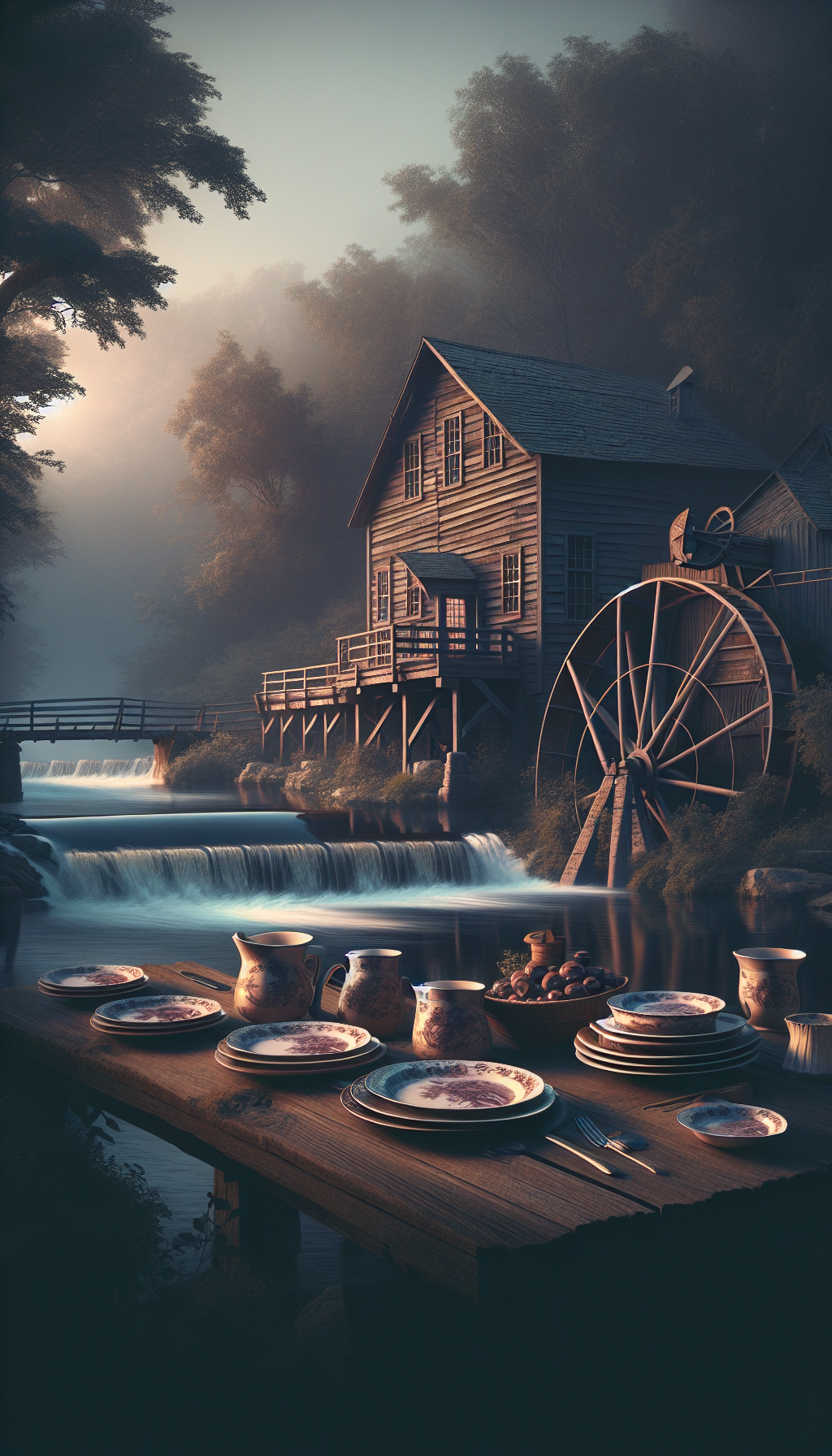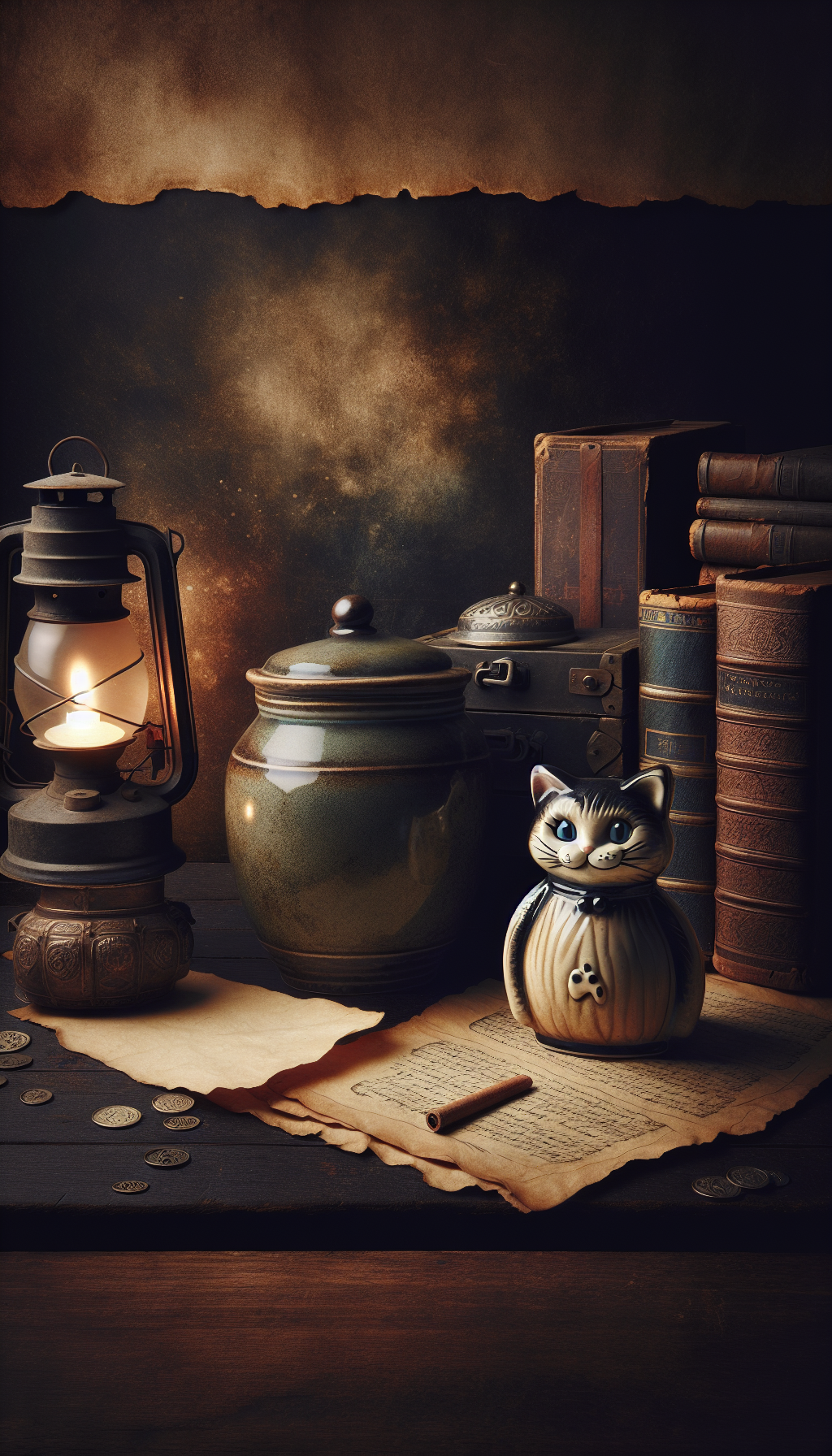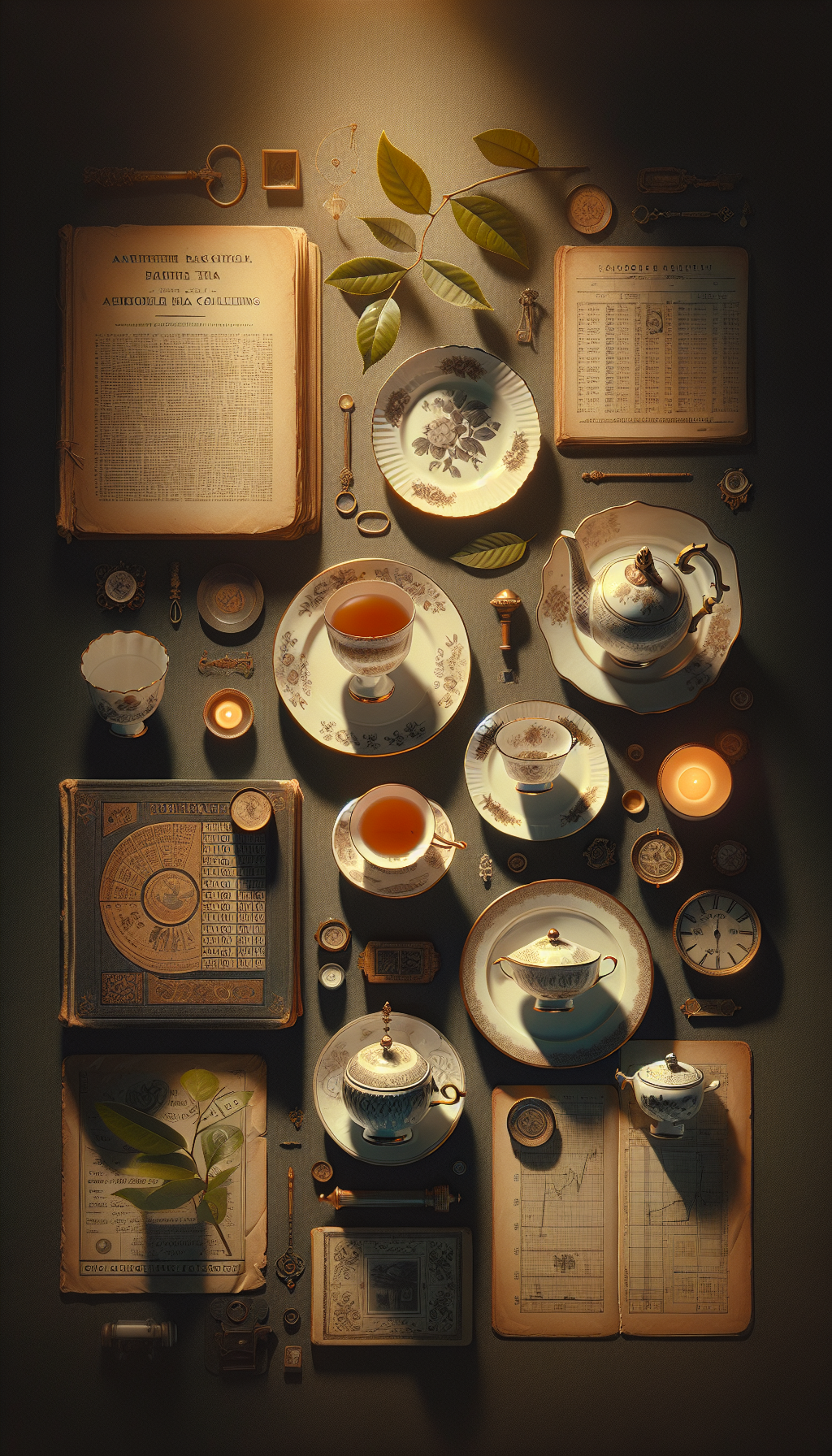An Antique Stoneware Teapot
Antique stoneware teapots sit at a fascinating crossroad of utility and artistry. Hard-fired and often either unglazed or coated in durable glazes, they range from austere Yixing vessels to crisply sprigged English basalt and shimmering salt-glazed wares. For collectors and appraisers, stoneware offers tactile surfaces, distinct manufacturing clues, and a broad timeline that rewards careful, methodical assessment. This guide covers what to look for, how to situate examples within their traditions, and which factors most strongly affect value.
What Collectors Mean by “Stoneware”
Stoneware is a dense, vitrified ceramic fired at high temperatures (roughly 1200–1300°C). It is generally non-porous even when unglazed and feels heavier in the hand than earthenware of similar size. Key traits:
- Body: Typically grey, buff, red, or black in the core, depending on the clay and firing. The fracture reveals a fine, stone-like grain rather than the open, crumbly look of earthenware.
- Sound: When gently tapped, a well-fired stoneware teapot rings clearer and longer than earthenware but often slightly duller than hard-paste porcelain.
- Surface: Can be unglazed (e.g., Yixing, English basalt) or glazed (e.g., salt-glazed, ash-glazed, alkaline, or various slips). Stoneware glazes are tougher and more chemically resistant than most earthenware glazes.
Not all brown or red teapots are stoneware. “Rockingham” glaze, for example, is typically on earthenware, not stoneware. Likewise, the popular English “Brown Betty” teapot is usually redware/earthenware. Identifying the body type correctly is the foundation of any proper appraisal.
A Short History of Stoneware Teapots
- China (late Ming–Qing): Yixing (zisha) stoneware emerged in the 17th century (and earlier) in Jiangsu Province. Unslipped, unglazed, and meticulously hand-built or wheel-refined, Yixing teapots became renowned for tea brewing qualities and elegant, restrained aesthetics. Their forms and surface textures inspired European imitations in the 18th century.
- Europe, early 18th century:
- Germany: Böttger red stoneware (Meissen) pioneered fine, unglazed red stoneware in Europe around 1710–1730, often turned, carved, or decorated with low relief, imitating Yixing refinement but with distinct European forms.
- England: John Dwight at Fulham developed stoneware in the late 17th century; by the early to mid-18th century, Staffordshire makers (including the Elers brothers) produced fine red stoneware teapots, later joined by Wedgwood’s “rosso antico” (red stoneware) and “black basalt” (a dense black stoneware) by the later 18th century. Nottingham stoneware and other salt-glazed brown wares offered thin-walled, engine-turned and sprigged teapots circa 1740–1800.
- Continental salt-glaze traditions:
- German Westerwald: Grey stoneware with cobalt and manganese decoration is more commonly seen as jugs and tankards; teapots exist but are less frequent. When present, they often carry sprigged or incised ornament with a characteristic orange-peel salt-glaze.
- 19th century:
- English basalt and rosso antico continued in production; sprigging with classical motifs and engine-turning persisted. Bristol glaze and other industrial glazes appear later.
- American stoneware teapots are comparatively scarce versus crocks and jugs; some potteries produced brown- or grey-bodied examples, but many American teapots of the period are earthenware or porcelain. Scarcity can influence value when a stoneware teapot is well-documented.
- 20th century to contemporary: High-quality Yixing continued (and expanded) with named artists; European factories revived basalt and stoneware lines periodically. Reproductions, tourist wares, and studio pieces complicate the appraisal landscape.
Identification: Clay, Construction, and Surface
To identify an antique stoneware teapot accurately, concentrate on the body, how it was made, and how the surface was finished.
Body and color:
- Yixing: Fine-grained, unglazed stoneware in various shades—purple-brown (zisha), red (zhuni), buff, or dark brown. Surface feels silky; pores are extremely fine. Tooling can be razor-precise, with crisp edges.
- English basalt: Uniform black stoneware, unglazed or with a satin sheen from polishing or firing. Crisp sprigging is typical on higher-end pieces.
- Red stoneware (Böttger, Elers, Wedgwood rosso antico): Unglazed red to reddish-brown, finely finished, often lathe-turned, carved, or sprigged.
- Salt-glazed stoneware (Nottingham and others): Pebbly “orange-peel” surface from vaporized salt introduced in the kiln. Color ranges from tan to deep brown; decoration may include applied sprigs, incised lines, or engine-turned bands. Walls are frequently thin and refined on better examples.
Construction methods:
- Thrown or hand-built body: Many earlier stoneware teapots were wheel-thrown, then trimmed, with applied spouts and handles. Yixing pieces can be slab-built or assembled from press-molded parts with hand-finished joins.
- Engine turning and lathe work: Concentric lines inside or outside the pot, uniform banding, and symmetrical profiles indicate turning. This is common on 18th–early 19th century English stonewares.
- Lid and flange: Antique teapot lids often have a seating flange that fits tightly into the collar. Check the underside for tool marks, vent holes, and the quality of the knob.
- Straining: Many antique teapots have internal strainers—perforated holes at the base of the spout inside the body, or a separate inset strainer. Yixing teapots may have integrally formed, neatly perforated strainers or a “ball filter” at the spout.
Surface finish and decoration:
- Sprigging: Applied relief decoration (classical figures, floral garlands, medallions). Sharp edges, fine detail, and planar alignment suggest quality and age; soft, smeared edges often indicate later or lower-grade work.
- Incising and carving: Look for knife-cut lines, trellis patterns, or scrolling motifs. Clean, deliberate lines are a hallmark of higher craftsmanship.
- Glaze types:
- Salt-glaze: Orange-peel texture; gloss varies. High points may show slight thinning of glaze.
- Ash/alkaline glazes: Flowing, sometimes greenish or olive tones.
- Slips: Colored clay coatings fired under a clear glaze. Note that “Albany slip” is a rich brown slip widely used in North America, but most Albany slip teapots are not common relative to crocks and jugs.
- Interior: Antique stoneware interiors are usually unglazed on Yixing and basalt; glazed interiors are more typical on salt-glazed or slip-glazed teapots. A heavily glassy, uniform modern liner can be a red flag.
Proportions and ergonomics:
- Earlier English stoneware teapots (mid-18th century) tend to be modest in size with balanced spouts and C-scroll handles. Late 18th–early 19th century examples may show more elongation or neoclassical profiles.
- Yixing forms range from compact, rounded bodies to angular scholar’s models; lids often fit extremely precisely, with a slight suction when seated.
Dating, Marks, and Attributions
No single clue dates a stoneware teapot; weigh multiple indicators.
Marks:
- Yixing: Artist or workshop seals are commonly impressed on the base, under the handle, and/or inside the lid. The script style and placement can help narrow date and maker. Some high-end pieces carry multiple seals.
- English basalt and rosso antico: “WEDGWOOD” impressed marks appear from the later 18th century onward; letterforms and additional words can help date (e.g., single vs. double-line marks, presence of “ENGLAND” for later export-era pieces). Not all basalt is Wedgwood; other Staffordshire makers produced unmarked basalt-like wares.
- German red stoneware and early English imitative wares: Often unmarked. Factory attributions rely on body color, turning style, sprig vocabulary, and comparisons with documented examples.
- Salt-glazed Nottingham and Fulham: Many are unmarked; attribution again rests on body, glaze, decorative vocabulary, and form.
Construction clues for dating:
- Engine-turning and lathe decoration peak roughly 1770–1810 in England.
- Mold seams from slip-casting tend to be more prevalent later; however, absence of seams is not proof of great age, since many earlier pieces were wheel-thrown and finished.
- Lids: Early lids sometimes have slightly domed profiles with simple button knop; later Victorian lids can be more elaborate.
Wear patterns:
- Genuine age shows in subtle rim and spout lip wear, softened high points of sprigs, and consistent micro-scratches. Sharp-edged “sandpapered” wear can indicate artificial aging.
Forms and motifs:
- Classical sprigs (Muses, laurel wreaths, medallions) suggest late 18th–early 19th century neoclassicism on basalt/rosso antico.
- Chinese literati forms, bamboo-style handles/spouts, and calligraphic or seal motifs lean toward Yixing traditions.
Provenance and documentation:
- Collection labels, auction tags, or early photographs can substantiate age and maker, especially for otherwise unmarked teapots.
Condition, Conservation, and Value
Common condition issues:
- Spout chips and hairline cracks: The tip of the spout is high-risk; hairlines can run longitudinally. Shine a light through the spout and look from the interior for daylight peeking at a crack.
- Lid flange chips: The seating flange often suffers nicks. Check the lid fit—mismatched lids reduce value substantially.
- Handle cracks: Stress fractures at the upper or lower terminals are frequent, sometimes stabilized with old staples on 18th–19th century repairs.
- Body cracks and impact stars: Look under raking light; hairlines may be camouflaged by dark glazes.
- Restoration: Overpaint and resins can blend seamlessly. Inspect under strong, mixed lighting; different sheens or hues betray retouching. Solvent tests (tiny, careful acetone swab on a discreet area) can reveal recent overpaint; consult a conservator if uncertain.
Care and storage:
- Avoid thermal shock: Do not pour boiling water directly into antique stoneware, especially if there are existing hairlines.
- Clean gently: Use mild soap and a soft brush. Avoid prolonged soaking; salts can migrate into the body and cause later efflorescence.
- Display support: Ensure the spout and handle are not under stress. A custom stand or ring can distribute weight evenly.
Value factors:
- Maker and attribution: Named Yixing artists, documented Wedgwood basalt, or early Böttger pieces command premiums.
- Rarity and completeness: Scarcer forms (e.g., early German red stoneware teapots) and teapots with original, well-fitting lids, strainers, and stands outpace common models.
- Condition: Even small repairs in conspicuous areas (spout, lid, sprig faces) can significantly reduce value. Discreet, competent restoration may be acceptable to many collectors, but must be disclosed.
- Decoration and form: Crisp sprigging, refined proportions, and desirable motifs increase demand.
- Provenance: A reputable collection or publication history adds confidence and value.
Market notes:
- Yixing spans a wide spectrum from tourist ware to master artists. Anonymous, late 20th-century pieces are common; older, well-documented teapots with strong seals and scholarship attract serious bidding.
- Wedgwood basalt teapots with neoclassical white sprigs are widely collected; condition and mark nuances drive price.
- Salt-glazed Nottingham and fine Fulham examples can be thin-walled and elegant; those survive less often intact, which can boost value when condition is excellent.
- American stoneware teapots appear infrequently; when authentic and attractive, they can bring strong interest due to scarcity.
Appraisal Checklist and FAQ
Practical appraisal checklist:
- Confirm it is stoneware: Check body at a discreet chip or footring. Dense, vitrified core with fine grain? Clearer ring than earthenware?
- Assess surface type: Unglazed (Yixing/basalt/red stoneware) or glazed (salt-glaze, ash, slip)? Look for orange-peel texture on salt-glaze.
- Examine construction: Wheel-throwing marks, engine-turned lines, sprig joins, interior strainer holes, lid flange fit.
- Evaluate form and proportions: Does the spout pour line up properly? Is the handle comfortable and appropriate for the era?
- Check for marks: Base, handle root, inside lid. Photograph and compare scripts or letterforms to known references.
- Inspect condition under raking light: Hairlines, spout chips, flange nicks, handle stress cracks. Note previous staples or fills.
- Screen for restoration: Color-matching overpaint, different sheen, UV-aided examination where helpful, careful solvent testing if indicated.
- Weigh decoration quality: Crispness of sprigs, sharpness of incised lines, consistent thickness of walls, sharp turning.
- Consider context: Is the lid original? Do glaze, body color, and wear harmonize?
- Gather provenance: Collection labels, old sale tags, notes. Keep any period documentation with the teapot.
- Estimate market tier: Maker/attribution, rarity, condition, and form desirability. Adjust expectations for replaced lids or obvious repairs.
- Photograph thoroughly: Base, interior strainer, lid underside, spout tip, handle joins, and any marks for future reference or formal appraisal.
FAQ:
How do I tell Yixing from English red stoneware? Yixing is usually unglazed, very fine-grained, and often carries Chinese seals on base and/or lid interior. English red stoneware (Elers, Wedgwood rosso antico) tends to show lathe-turned banding and European sprig vocabulary; marks (e.g., WEDGWOOD) may be present.
Is a black teapot always basalt? No. Some black teapots are earthenware with black glaze or modern ceramics. Basalt is a dense, unglazed black stoneware with a matte to satin surface and often crisp sprigs. Confirm the body at the foot and look for appropriate marks.
Does a salt-glazed teapot always have “orange-peel” texture? Classic salt-glaze frequently shows a pebbly orange-peel. However, thickness, firing conditions, and later finishing can soften the effect. Inspect in raking light and compare with known salt-glazed surfaces.
Are repaired antique teapots worthless? Not necessarily. Skilled, minimal restoration on a rare example can still leave it desirable, but value is reduced relative to untouched condition. Significant repairs to spout or lid are the most penalizing.
Can I safely brew tea in an antique stoneware teapot? For appraisal-grade pieces, it is generally better not to use them. If you must, avoid thermal shock, pre-warm gently, and never use boiling water on a cold pot. Any existing hairline can worsen with use.
By approaching an antique stoneware teapot with disciplined observation—body, construction, surface, marks, and condition—you can confidently separate everyday examples from truly significant pieces. Whether you favor the quiet precision of Yixing, the neoclassical rigor of basalt, or the shimmering tactility of salt-glaze, the same methodical checklist will guide both identification and valuation.



